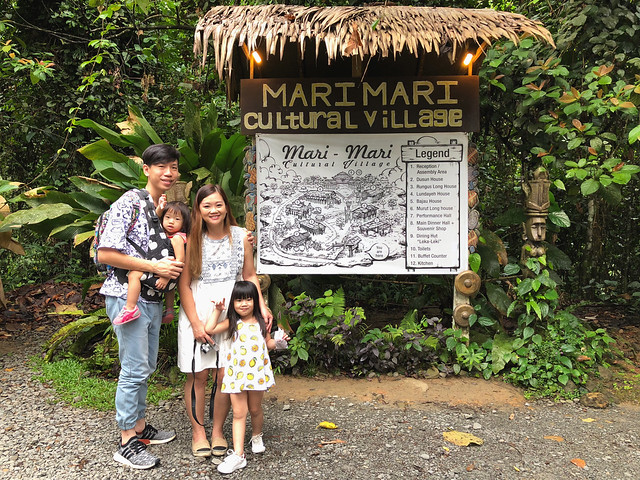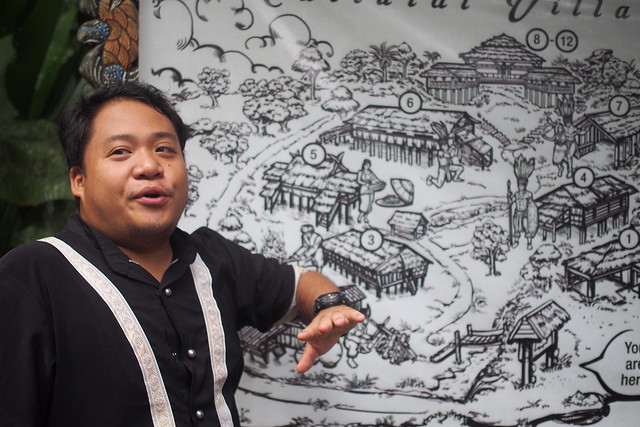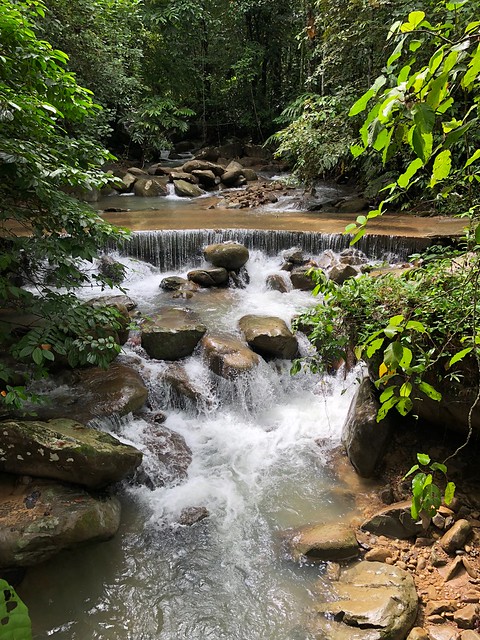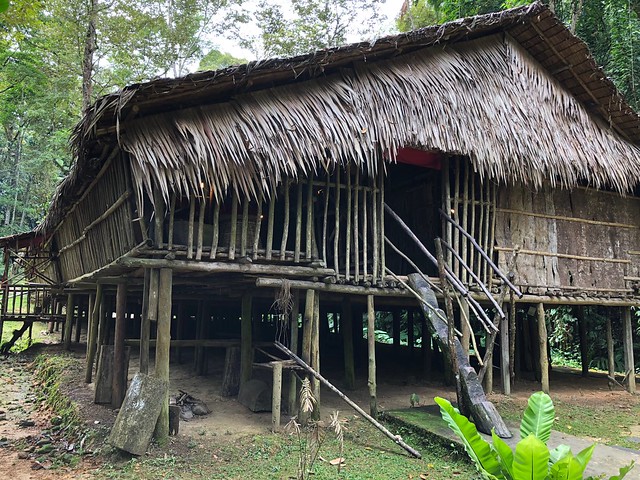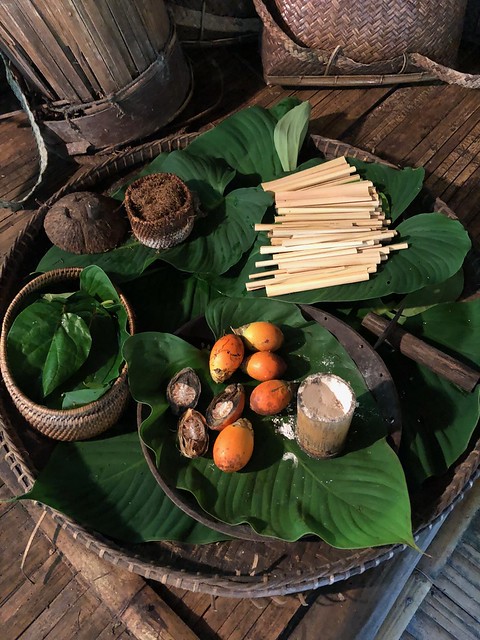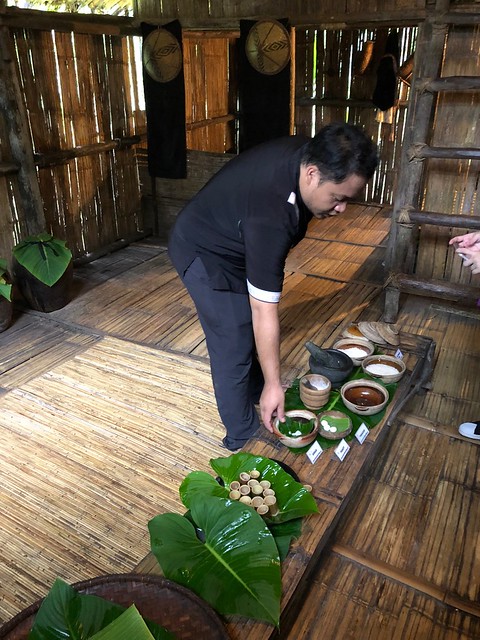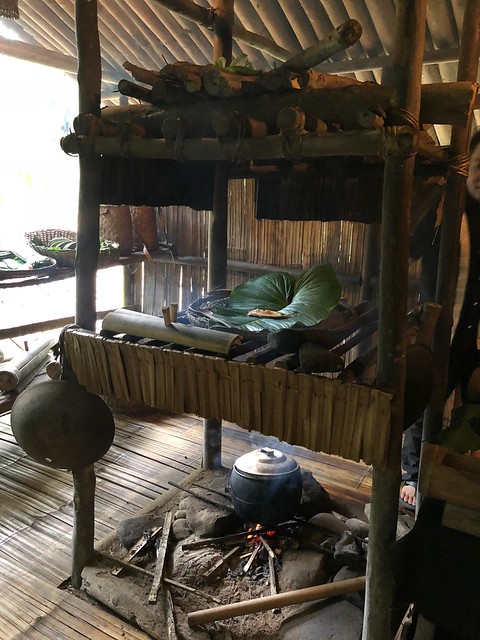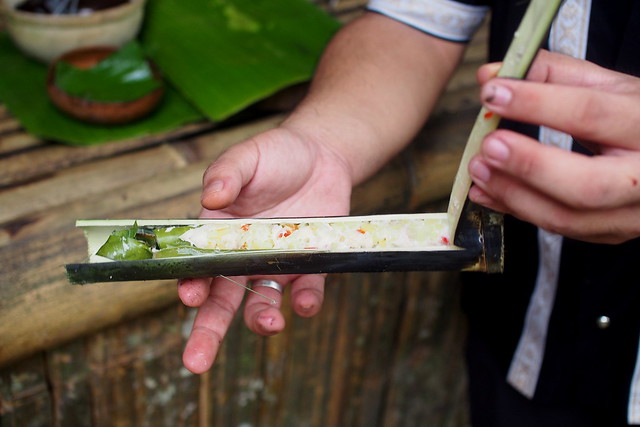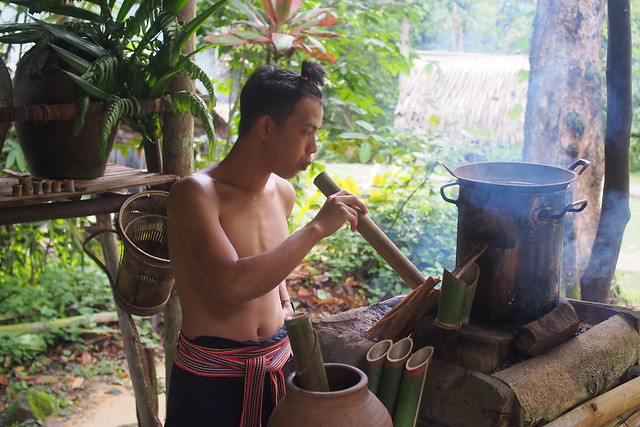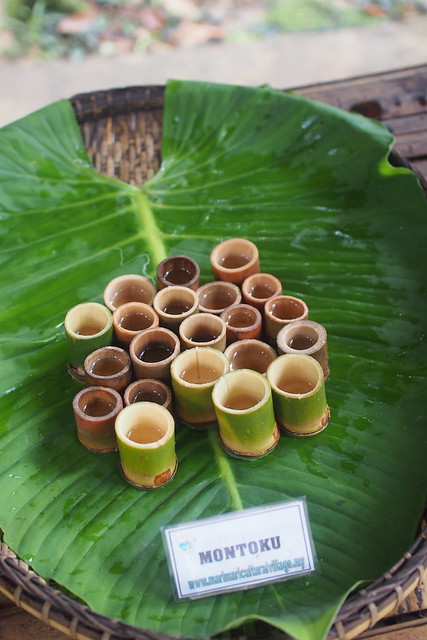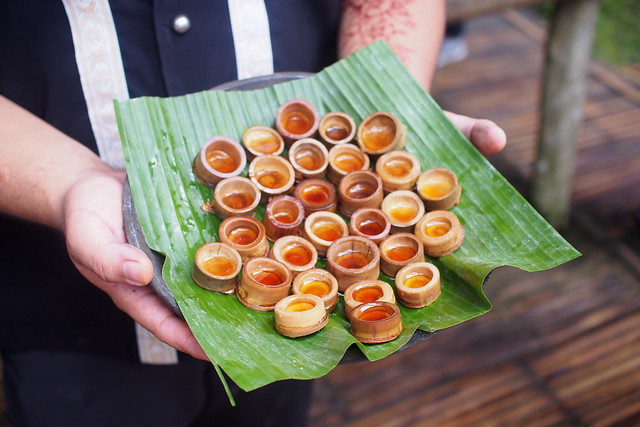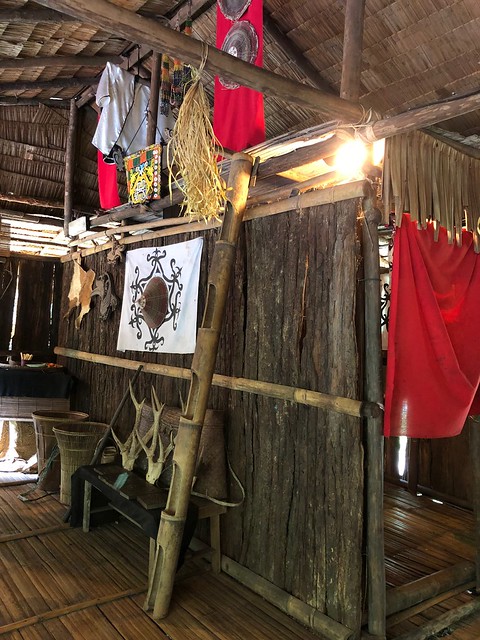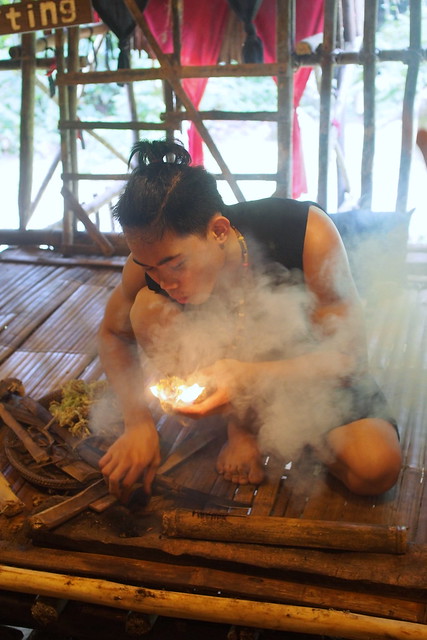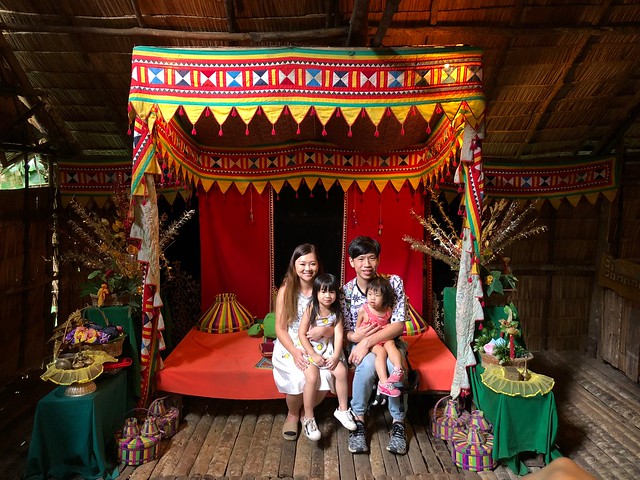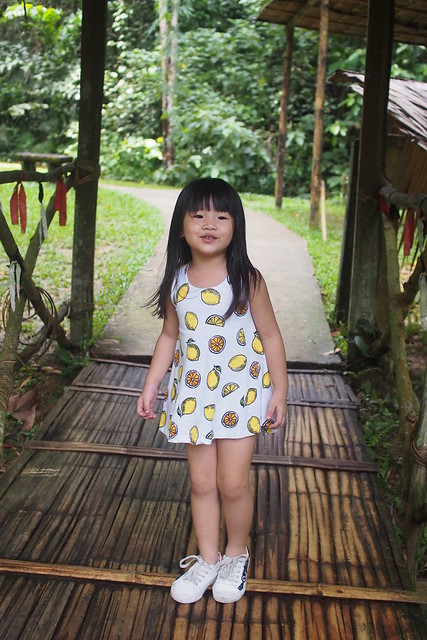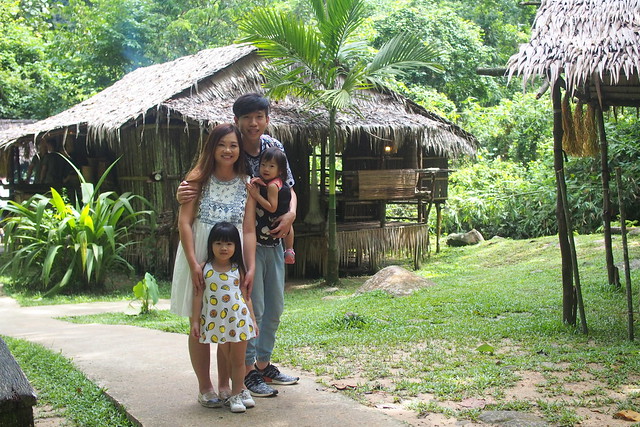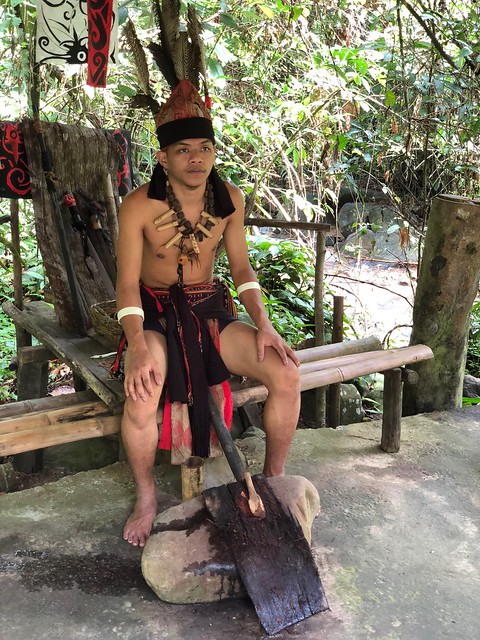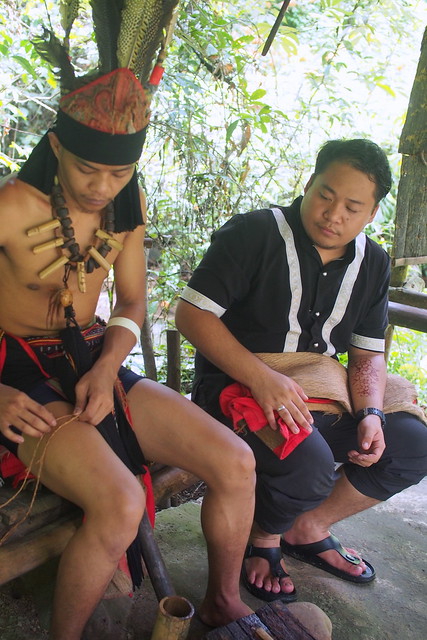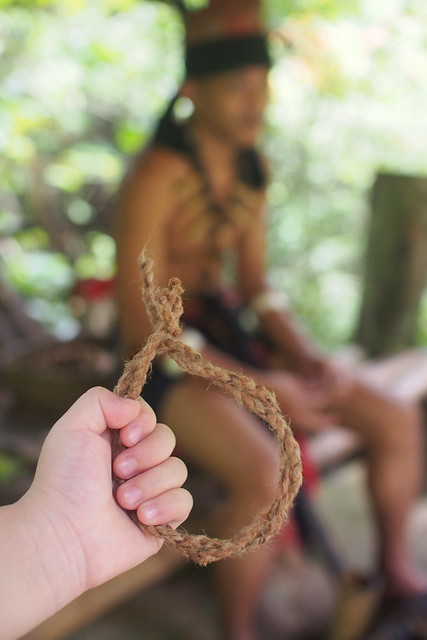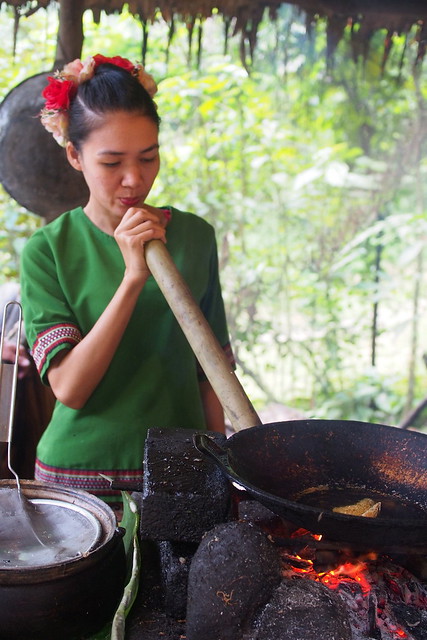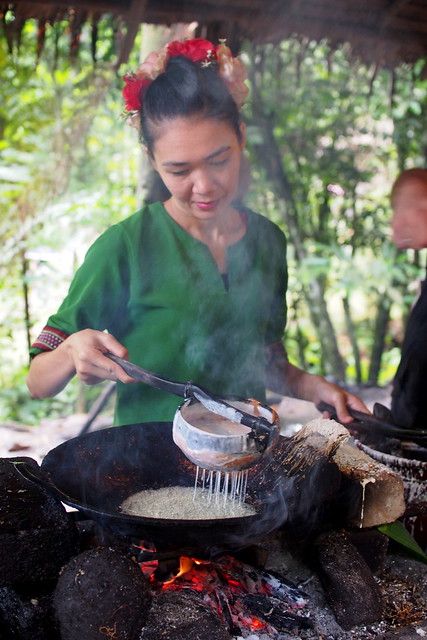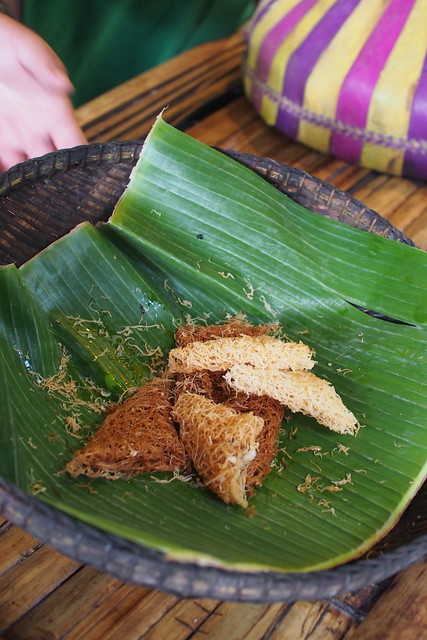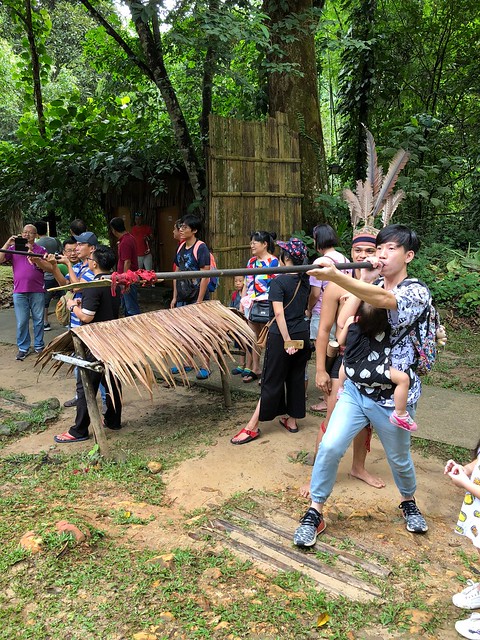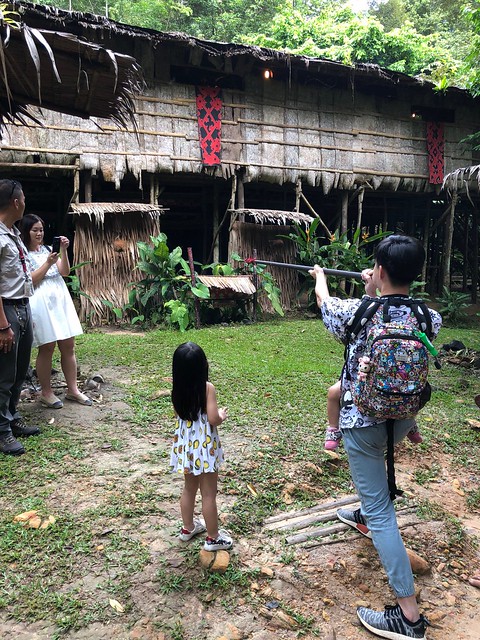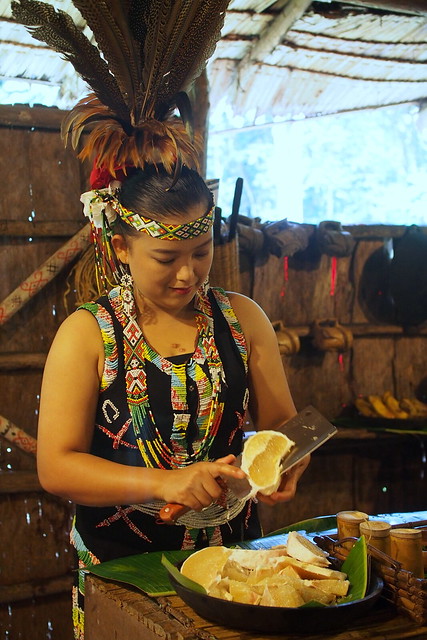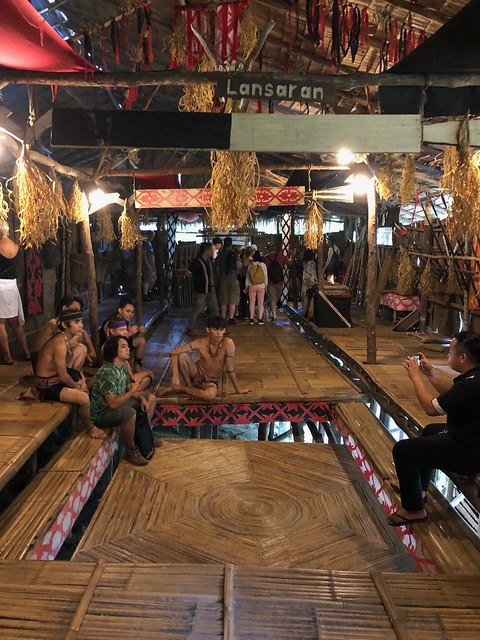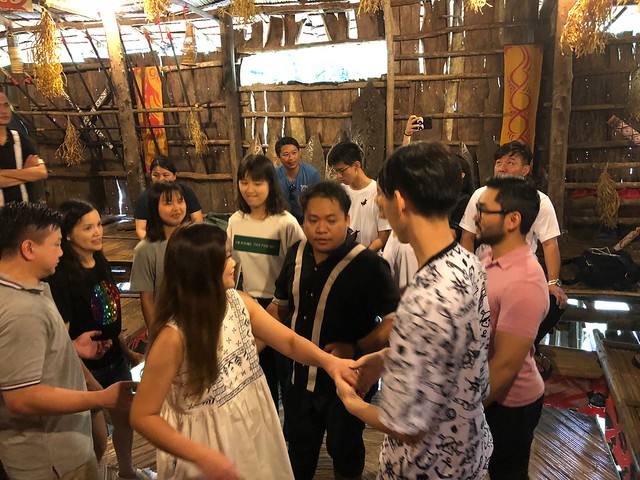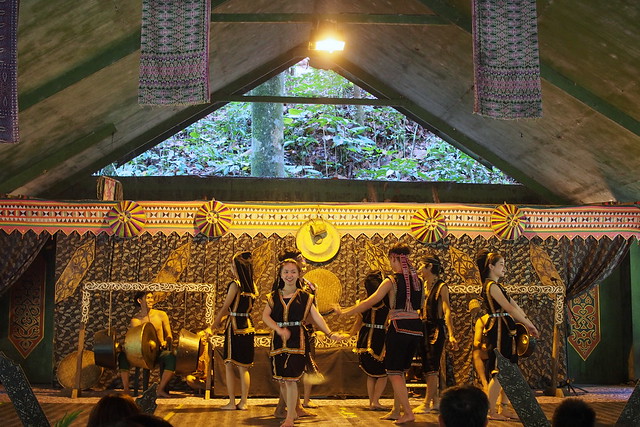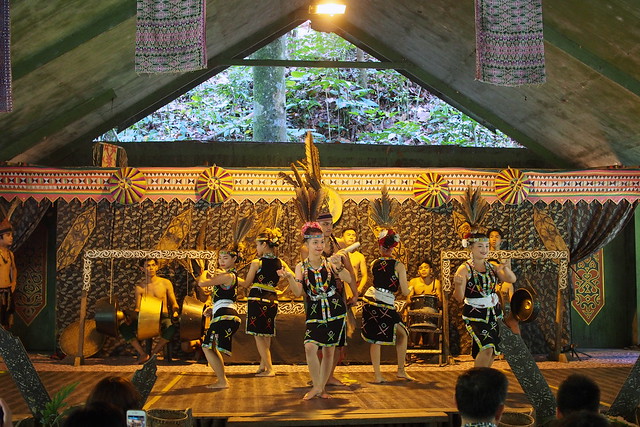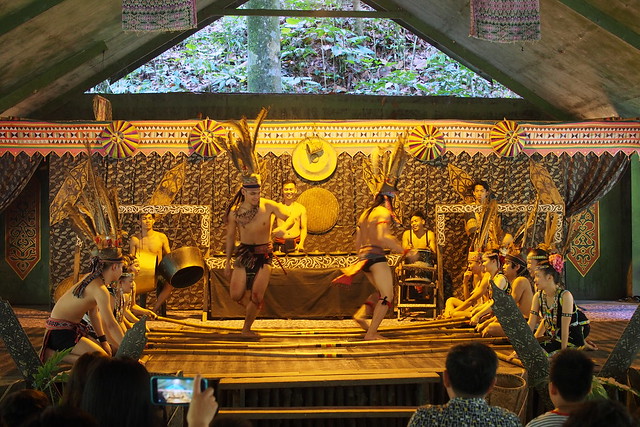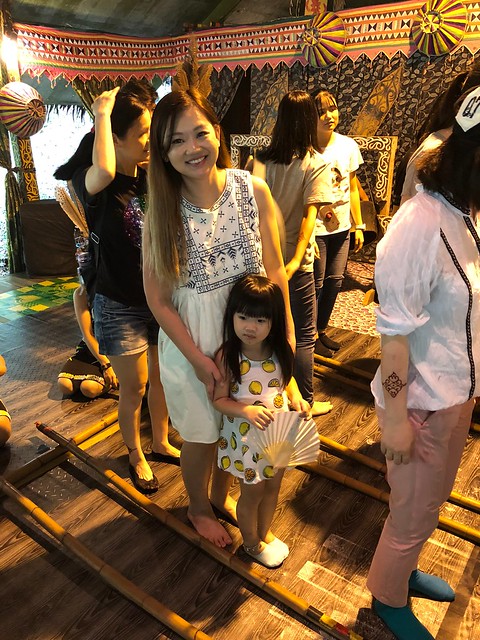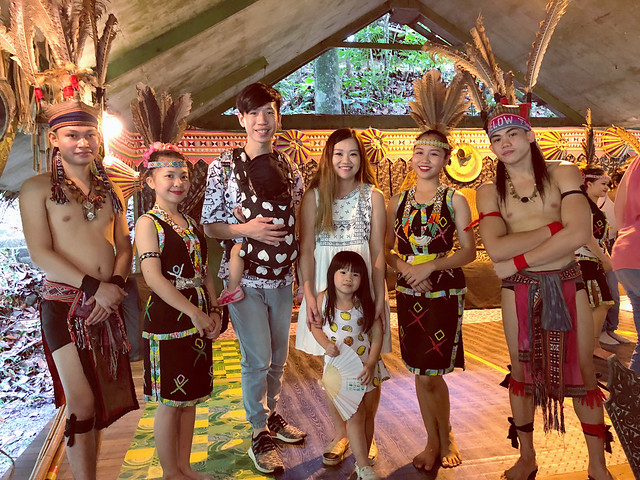We travel for a myriad of reasons. Apart from travelling as a form of escapism and to rejuvenate ourselves, we also seek to gain knowledge that you cannot get just by reading books. During our recent trip to Sabah, a visit to Mari Mari Cultural Village provided us with the opportunity to see and experience for ourselves, the culture and lifestyle of how the indigenous ethnic groups of Borneo used to live in the olden days when electricity had not yet been introduced in their land. Mari Mari Cultural Village is situated amidst a remote forest setting in Kionsom, Inanam; away from the hustling and bustling Kota Kinabalu city. The village operates as a museum that preserves Borneo ethnic culture with the aim to share knowledge, history, culture, and tradition of Borneo with visitors so that it is not forgotten.
Mari Mari Cultural Village features 5 different ethnic tribes. They are the rice farmer Kadazan-Dusun, the longhouse resident Rungus, the hunters and fisherman Lundayeh, the cowboy and sea gypsey Bajau, and the famously feared headhunting tribe Murut. I find it interesting that the village’s in-house guides are actually descendants of among the 5 tribes in the village.
Our journey began with all of us crossing the wobbly suspension bridge over a small river.
Our in-house guide showed us around each of the different tribe houses to learn about their different lifestyles, cultures, and histories.
Not only did we get to witness how bamboo was used to cook their meals, we even got to taste the food!
Montoku is a traditional alcoholic drink of the Kadazan-Dusun community and I find that it tastes like whisky!
Delicious fresh honey.
All the tribe houses feature something similar like this. The girls would sleep on the upper deck and their fathers would remove the ladders at night.
We were truly amazed that a fire could be started in less than 5 minutes using bamboo! Back then, it was the ladies’ job and we could tell that it is actually physically tiring.
Rope making demonstration.
Little misschewy wanted to bring this “bracelet” home! LOL.
The Murut blow-pipe was a pretty fun experience for all of us. It is a bit like archery except that you use your mouth to hit your target!
Looks easy but it’s not! In the olden days, the blow-pipe was used as a weapon.
The Lansaran is like a traditional trampoline made from bamboo and much to our surprise, it can carry a lot of weight.
More than 10 people jumping on the lansaran? No problem!
After visiting the 5 tribal houses, we proceeded to the event hall to watch the traditional performances.
My favorite was the bamboo dance as I was captivated by how gracefully the dancers step in and out of the bamboo poles.
Little misschewy and I took part in the bamboo dance too. All I can say that it is a lot harder than it looks but it was a fun experience!
During the 2-hour tour around Mari Mari Cultural Village, we felt as though we were transported back in time, as we enriched ourselves in new found knowledge. Being able to participate in some of the activities was indeed an authentic experience that we will never forget. Click here to find out more about the itinerary and price if you are keen!
Mari Mari Cultural Village
Address: Inanam, 88450 Kota Kinabalu,
Sabah, Malaysia
Tel: +60 11-3388 4827
Opening Hours:
Daily
10am – 6pm

